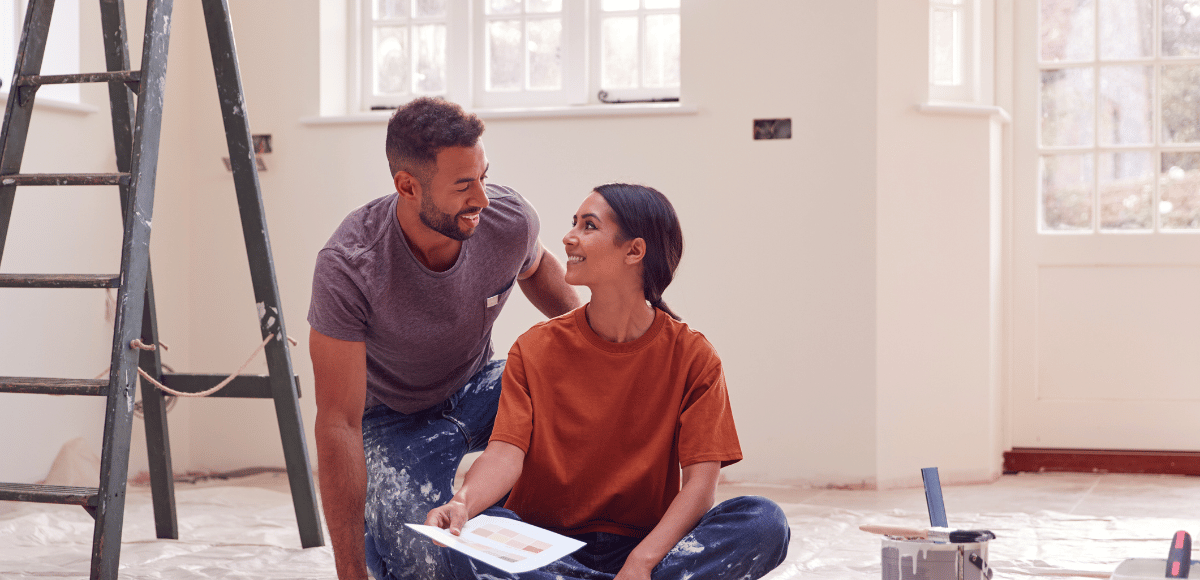As a homeowner, you probably know this well. Beyond the initial cost of purchase, homes require ongoing care, both in regular maintenance and occasional unforeseen repairs. So, how can you ensure these inevitable costs don’t become overwhelming? With proactive budgeting.
The 1% rule
One commonly mentioned rule of thumb recommends setting aside 1% of your home’s purchase price every year for home maintenance. For example, if you’ve acquired your house for $700,000, you may want to set aside $7,000 each year to cover the costs of any wear and tear or repairs.
Of course, with the current inflation and high mortgage rates, sticking to this benchmark can be challenging for many homeowners. So, read on for an alternative approach.
A more flexible approach
If you’re one of the many homeowners who are feeling the pinch, the 1% rule may not be for you. Alternatively, you could be opting for a more flexible, itemised budgeting system.
Start by evaluating the age, condition, and past repair history of the house. Based on this assessment, you can prioritise and allocate funds to areas that are more likely to require attention in the near future. For example, if you’ve just replaced the water heater, you can probably (fingers crossed!) forget about that for a while.
Once you know what the key areas are, you can set a financial goal for your home repair emergency fund, based on your comfort level. Make sure that each month you contribute consistently to this fund. Over time, it will grow into a robust safety net.
Anticipate major repairs
Not all home-related expenses jump out of the blue (though many do). Some, like an ageing roof or the dishwasher nearing the end of its product life, offer a bit of forewarning. By maintaining a list of these potential major expenses and doing a bit of research on the average lifespan and replacement costs of these items, you’re essentially future-proofing your budget.
Review your budget annually
As the years go by, it’s crucial to ensure that your budget remains relevant. Perhaps you just had minimal repairs in the past year, or maybe it was a year where everything seemed to need fixing. By regularly reviewing and adjusting your budget, ideally once a year, you can ensure it remains aligned with the actual needs and condition of your property.
The value of regular maintenance
Consistent upkeep is not merely about aesthetics or comfort; it’s a strategic approach to extend the lifespan of various items around the house. By routinely clearing out gutters, ensuring the HVAC system is in optimal condition, or keeping pests at bay, you’re doing your best to prevent larger, more expensive issues down the line.
Like to talk about your financial life?
Get in touch. Whether it’s about budgeting, repaying debts, or saving for an important goal, we’re here to help you make the most of your financial life.
Disclaimer: Please note that the content provided in this article is intended as an overview and as general information only. While care is taken to ensure accuracy and reliability, the information provided is subject to continuous change and may not reflect current developments or address your situation. Before making any decisions based on the information provided in this article, please use your discretion and seek independent guidance.

